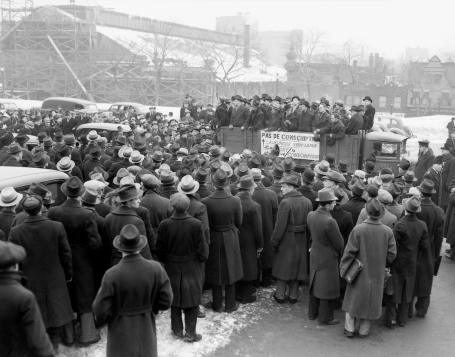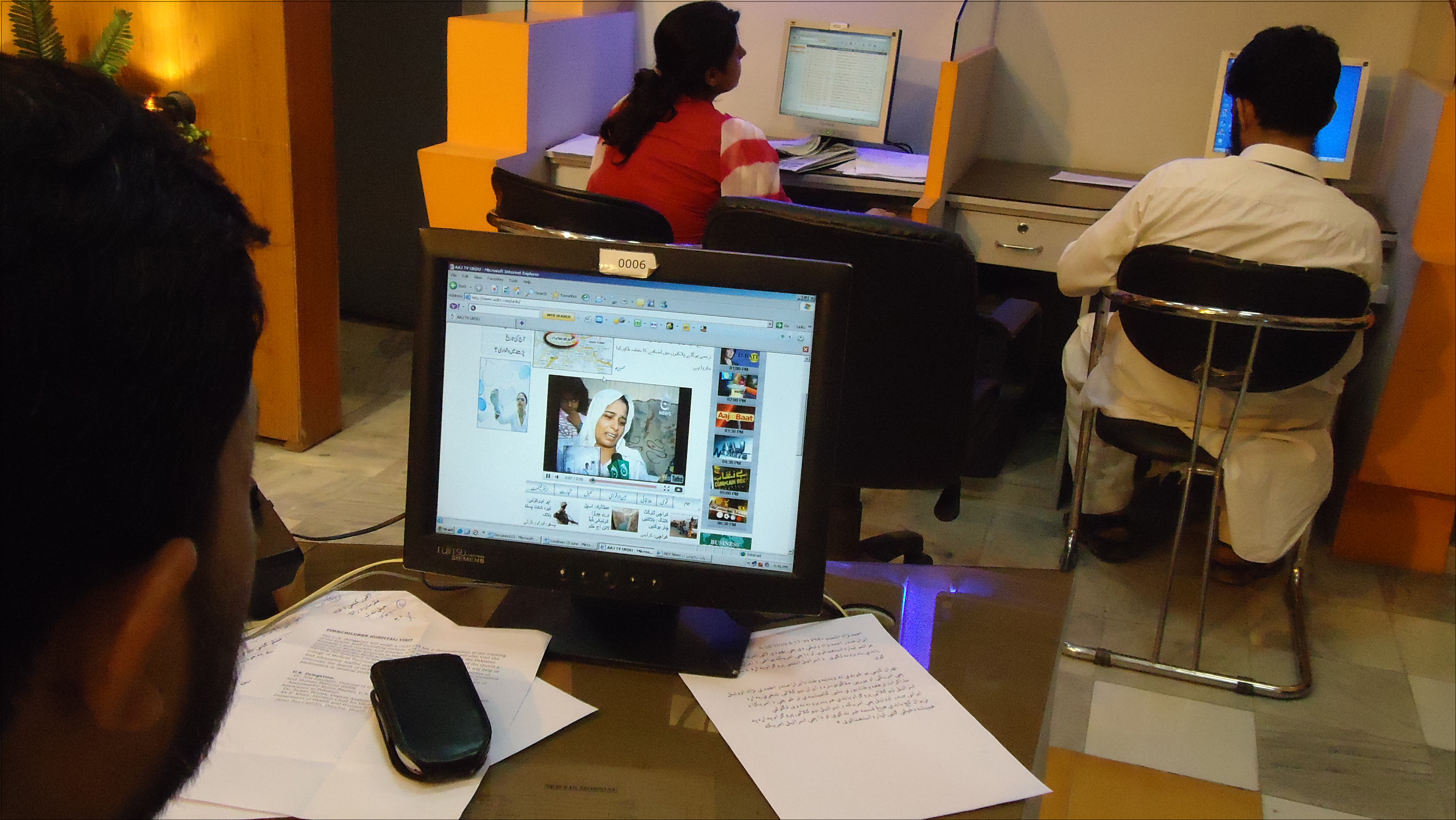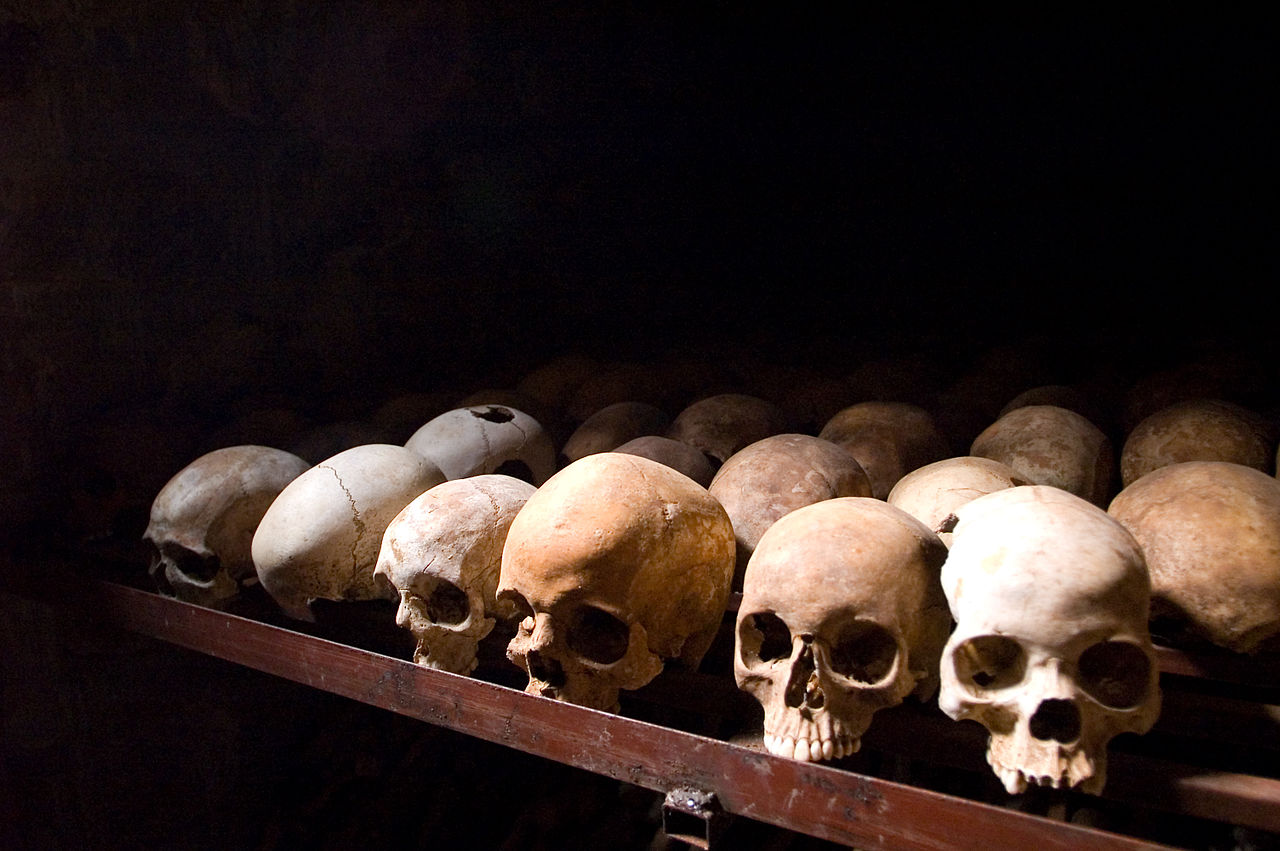June 14,
On Wednesday, June 14th, 2017, a fire began on the fourth floor of the Grenfell tower, a 24-storey residential block located within the Lancaster West Estate. The fire began to spread at an alarming rate and, in the end, resulted in the death of seventy-two people.The majority of Grenfell Tower is social
The Tower is located in the West-End of London, near where the North-end of St. Ann’s Road intersects with Bramley Road. In 2015, this area was named one of the most deprived areas in all of England. However, surrounding this area are the St. Ann’s Villas and the St. James’s Garden, where terraces are purchased for around £3 million and £6 million. Close by also sits the overly wealthy and lavishing Notting Hill. This deep divide between the low-income and high-income housing is not an odd occurrence in England, specifically in London, demonstrating the utter inequality permeating the area of the Royal Borough of Kensington and Chelsea.
The Royal Borough of Kensington and Chelsea (RBKC) is one of the most densely populated administrative regions in all of the UK. The RBKC is housed with many parks and tennis courts, which are increasingly becoming privatized and, in turn, are only permitted for use by the wealthy living in the RBKC. This privatization comes at the same time that austerity measures are putting an end to primary school sports and free-swimming initiatives. A resident of the RBKC reported on the cuts that “if you go to different areas in Kensington, you can see a lot of money being invested in that area, but whatever we have here, they cut it.” Not only are the organizations that are meant to help and support citizens cutting measures, they are also out-rightly ignoring calls for aid. The residents of Grenfell were consistently ignored by countless organizations, including the RBKC municipal authority and the Kensington and Chelsea Tenant Management Organization (KCTMO).
In 2010, the Grenfell Action Group was established. The Group campaigned against the countless fire and overall safety concerns of the Grenfell Towers. In particular, they campaigned against the Kensington Leisure Centre (KALC). The developments by the KALC, which began early on in 2010, removed the Lancaster Road car park and, as a result, eradicated the emergency access zones of the building. The Groups advocated that this could result in ‘lethal consequences,’ but the housing organizations responsible simply turned a blind eye. Later that month, another study of the Grenfell’s fire and safety regulations revealed that the building’s fire equipment had been unchecked for four years. Following these appalling discoveries, the Group contacted the KCTMO and received no replies. Later on, in 2010, the residents began reporting smoke coming out of their appliances and countless power surges. The concerns were largely overlooked by housing officials, demonstrating the utter lack of care and respect for the residents.
Following renovations of the Grenfell Tower in 2015 and 2016, the residents voiced their concerns to the KCTMO regarding there being only one proper fire escape, which was being blocked by mass amounts of refuse. Residents also reported a lack of a building-wide fire alarm, as well as a sprinkler system. All of these concerns of safety and well-being were overlooked by housing officials. Following their ignored concerns, the Group stated in a blog post that “only a catastrophic event will expose the ineptitude and incompetence of our landlord, the KCTMO, and bring an end to the dangerous living conditions and neglect of health and safety that they inflict upon their tenants and leaseholders.” It is sad to say that the Group’s disheartening prediction was correct.
Following the fire in 2017, concerns began to be made about the external cladding that was used in the 2015 renovation. Cladding is put on buildings as a way to improve overall appearance and energy efficiency. It is suspected that the cladding helped the fire spread throughout the building at an increasingly rapid rate. The cladding material used on Grenfell was cheaperand more flammable
The housing system is problematic in England and, as a result, the dangers of social housing cannot be resolved until the whole housing system improves. Capital that is meant for social housing is being funneled into the private housing market and, as a result, the money is moving away from where it is needed most. So far, the government’s policy towards social housing has been to leave the housing sector up to local councils. However, the local councils transfer the responsibility of social housing operations to housing associations. The divide between local councils and housing associations opens the door to miscommunication and mismanagement, as councils and associations do not know their exact roles and responsibilities. The associations are established for the intent to act for the good of the citizens, but in retrospect are turning into property developers. Housing associations seem to be neglecting the social housing units in favor of building new and more expensive housing units. There needs to be a diversion of resources away from the building of new homes and towards the improvement of pre-existing homes. This improvement would, as a result, provide
Disclaimer: Any views or opinions expressed in articles are solely those of the authors and do not necessarily represent the views of the NATO Association of Canada.
Featured Image: Fires spread throughout the Grenfell Tower. (2017) via Wikimedia Commons. Public Domain.




